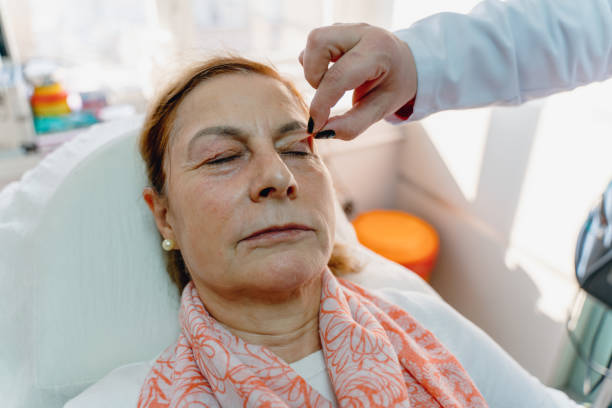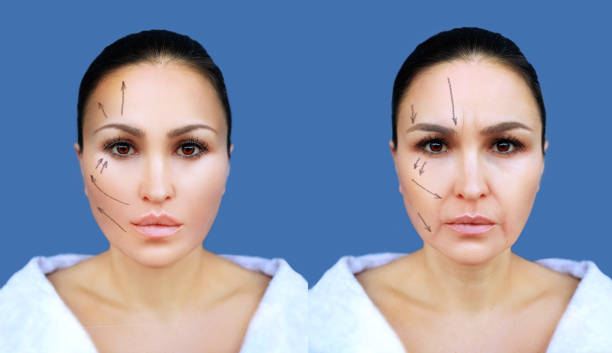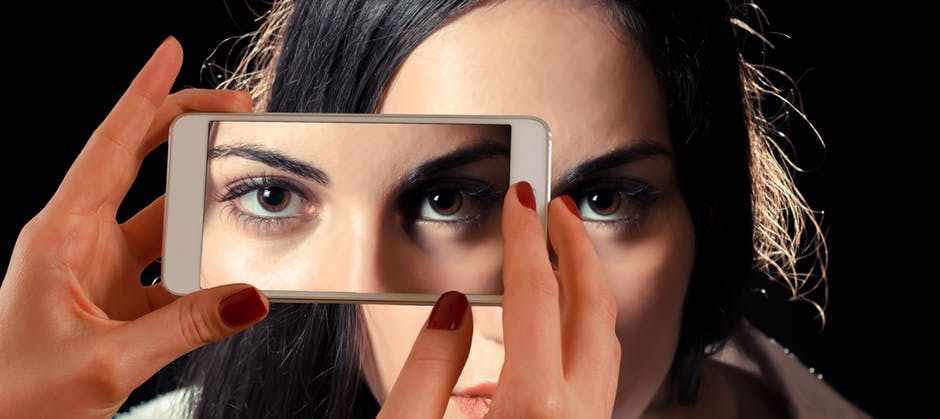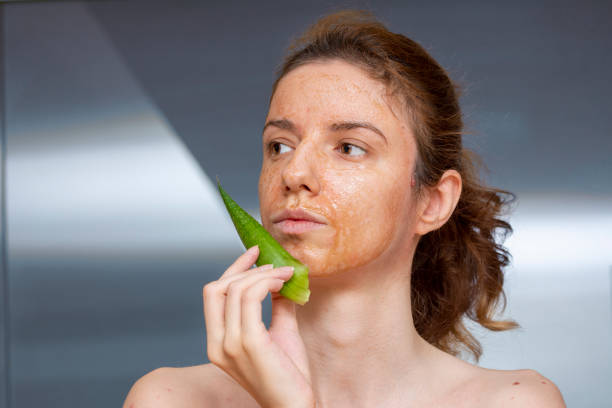WHAT IS PTOSIS?
Ptosis is a disorder that causes the top eyelid to droop over the eye. It might occasionally obstruct your eyesight. The illness most commonly affects older persons, although it can also impact youngsters. Ptosis can affect one or both eyes at the same time.
PTOSIS SIGNS AND SYMPTOMS
The most visible symptom of ptosis is drooping eyelids. Other symptoms include:
• Difficulty shutting one’s eyes or blinking
• Tearing
• Fatigue of the eyes
• Seeing difficulties (because of this, a person may tilt their head back to see under the eyelid)
ADDITIONAL SIGNS OF PTOSIS IN CHILDREN INCLUDE:
• Amblyopia is often known as lazy eye since one eye appears to be looking off in another direction3
• Astigmatism, nearsightedness, or farsightedness
• The vision that is doubled, clouded, or distorted
• Headaches, dizziness, or eye strain
FACTORS OF RISK AND CAUSES
Ptosis is frequently produced by natural aging in individuals. Ptosis is a condition that some people are born with. This is known as congenital ptosis. Congenital ptosis can be caused by brain or nerve abnormalities that produce weakening in the eyelid muscles.
Ptosis can occur as a result of Botox (botulinum toxin A) cosmetic therapy.
DIAGNOSIS
Ptosis is diagnosed by an eye doctor by attentively inspecting your eyelids. The height of your eyelids and the strength of your eyelid muscles will be measured.
A computerized visual field test may also be performed to determine whether your vision is normal. A visual field exam requires you to stare at a sequence of flashing lights in a machine without moving your eyes. You press a button whenever you see a light.
TREATMENT
You don’t require ptosis therapy if you’re an adult and don’t have any vision problems or don’t mind how your eyelids look.

The most frequent therapy for ptosis is a surgical surgery known as ptosis correction. The surgeon uses a local anesthetic to numb the region surrounding your eyelid.
Then they create a tiny incision (cut) in the skin of the upper eyelid. To elevate the eyelid, they can next use sutures to tighten the levator muscle. More stitches are subsequently used to seal the wound.
A ptosis correction may be combined with a blepharoplasty.
A blepharoplasty is a procedure that removes extra eyelid skin. This excess skin might lead to droopiness.
Occasionally, the brows are surgically raised as well. Ptosis surgery is frequently successful and improves both eyesight and attractiveness.
The Food and Drug Administration authorized Upneeq, the first prescription medicine used to treat ptosis, in September 2020.
Upneeq (oxymetazoline hydrochloride ophthalmic solution) is available in eye drops form. The levator muscle contracts as a result. The eyelid may now open 1 to 2 millimeters wider. It is designed for people who have mild to severe age-related ptosis.
SUMMARY
Ptosis is a disorder that causes the eyelids to droop. In certain circumstances, this might make it difficult to see well.
A weaker muscle in the upper eyelid causes ptosis. It can be caused by natural aging or by specific medical problems. The weaker muscle in the upper eyelid causes ptosis. It can be caused by natural aging or by specific medical problems. People with ptosis are sometimes born with it.
The most frequent therapy for ptosis is surgery.





